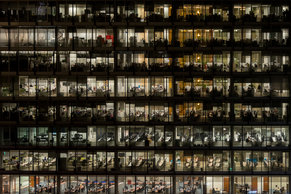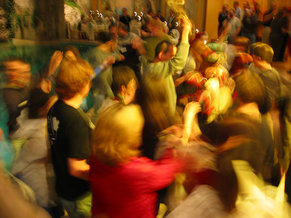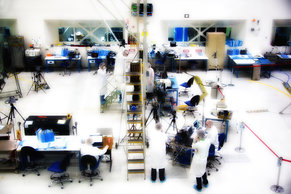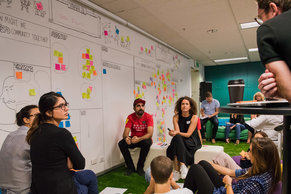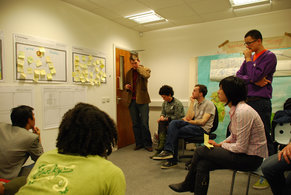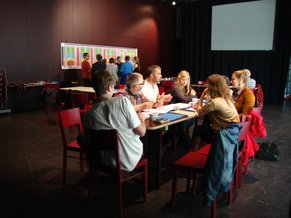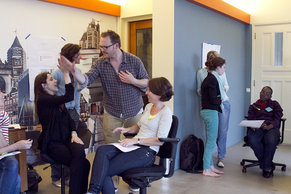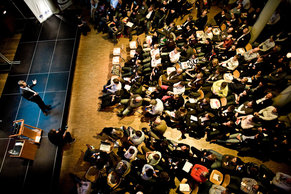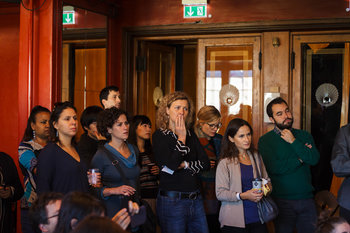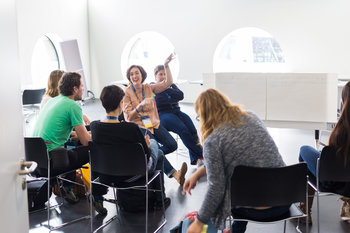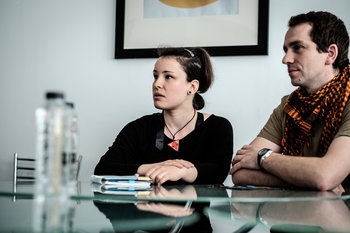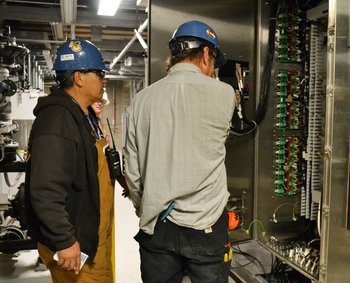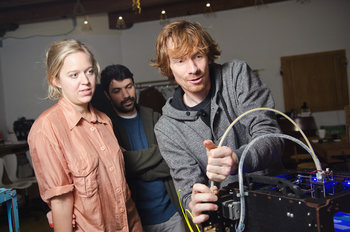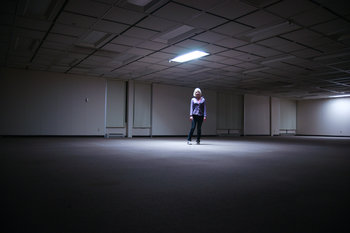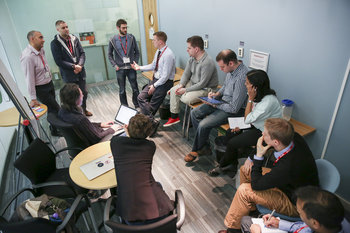|
| |
A workplace culture is the set of intangible human elements that influence working life in an organization or team. This has a large impact on creativity, productivity and outcomes. Workplace culture emerges with the shared experiences of employees and management and can be difficult to establish, shape or reinvent. The following are common examples of workplace cultures.
Creative CultureAn environment where employees are free to voice wild ideas and instead of being sidelined or criticized people will build on these ideas to see where they go. Creative cultures are relatively rare and become more rare as firms grow larger and politics intensify.Performance CultureA meritocracy focused on results where there is little consideration of credentials or seniority. Intense competition but much positivity and cooperation where this aligns to everyone's interests. Common in teams with a clear and singular goal such as sales teams focused on revenue.
Service CultureA culture of extraordinarily high customer service professionalism. Commonly found in the luxury service industry such as high-end hotels. Status in a service culture is based on customer service prowess and those who are good with customers can quickly rise. Service cultures maintain a polished image on the surface but this can be a high stress environment with demanding customers.Knowledge CultureAn organization that is focused on continuous learning and the production of knowledge artifacts. This can become a little ivory tower whereby the production of documents and holding of meetings becomes an end as opposed to a means. Knowledge cultures base status on knowledge and this can lead to credentialism and the over-acquisition of degrees and certifications.Adaptive CultureA culture that embraces and expects a high rate of aggressive change. Quickly responds to changes in society, culture, technology, customer perceptions and competition. Prone to trend following with a lack of consistent direction over the long term. Adaptive organizations are data-driven with intensive internal competition.Traditional CultureA culture that values stability and continuity with the past. Typically formal and structured with well defined roles. Many employees will enjoy this type of environment as it offers things like job security and a predictable routine. This is not an environment for the creative or ambitious as risk tolerance is low and promotions are often based on seniority.Efficiency CultureA culture focused on cost, speed and basic quality that is highly optimized with rigid processes. This occurs in highly competitive industries with commoditized products that compete on price alone. Work is robotic with much structure and few resources for comfort and celebration.Flat CultureA culture that has little structure with distributed authority. Employees and teams are given a mission and evaluated based on outcomes without much direction. This gives employees freedom but also requires them to take initiative, clear problems without executive support and achieve real world results. A flat culture probably can't handle great complexity such as a large scale engineering project but is applied to businesses that scale horizontally such as the management of hundreds of retail locations.Hierarchical CultureA culture based on complex structures of authority, formal processes and the strict requirement to follow orders. This is required in certain types of organizations that need to quickly and unambiguously perform specific actions. However, this is prone to several well known problems such as authoritarianism and malicious compliance. Silo CultureA type of hierarchical culture where managers of teams engage in self-interested kingdom building as opposed to cooperating with other teams. This is a highly political type of organization that is secretive with high levels of internal competition. This is inefficient but can actually produce some results as teams work hard to outdo each other. The duplication of a silo culture can also create an odd type of resilience as you don't depend on a single system or process.Collectivist CultureA workplace that values group harmony and social cohesion over other concerns. Consensus decision making with respect for authority but the requirement that leaders heavily consult everyone about decisions. High conformity and pressure to fit in to the culture. Internally focused with disconnects from external realities. Prone to inefficiency and low creativity.Next read: Organizational Culture
More about organizational culture:
If you enjoyed this page, please consider bookmarking Simplicable.
An overview of bureaucracy with a list of its basic characteristics.
An overview of organizational culture with examples.
An overview of organizational attributes with examples.
An overview of organizational culture with examples.
A list of social processes, absurdities and strategies related to office politics.
An overview of professional social life with examples.
TrendingThe most popular articles on Simplicable in the past day.
Recent posts or updates on Simplicable.
Site Map
© 2010-2023 Simplicable. All Rights Reserved. Reproduction of materials found on this site, in any form, without explicit permission is prohibited.
View credits & copyrights or citation information for this page.
|














